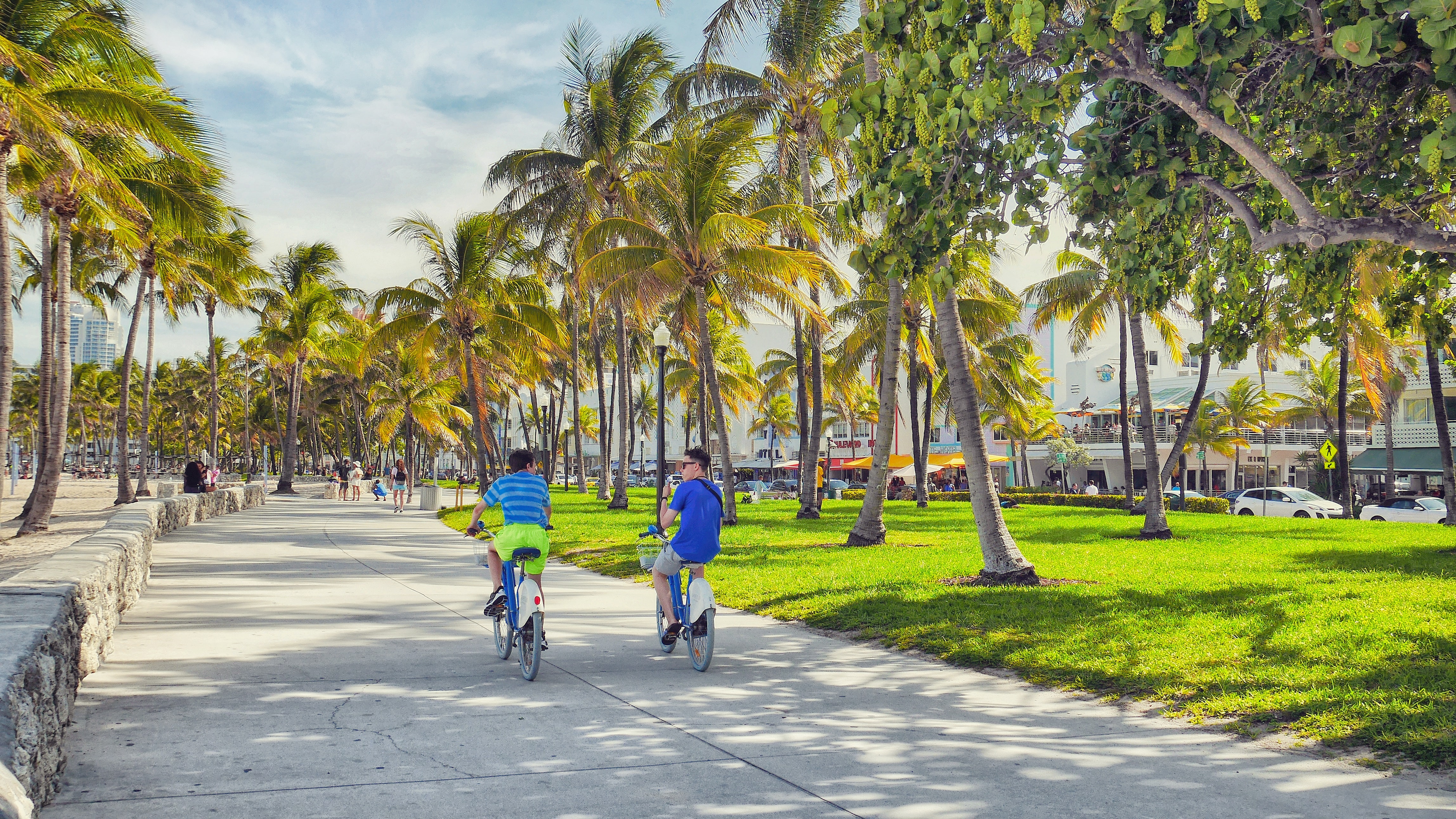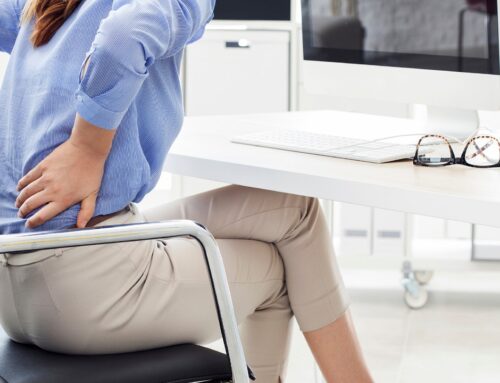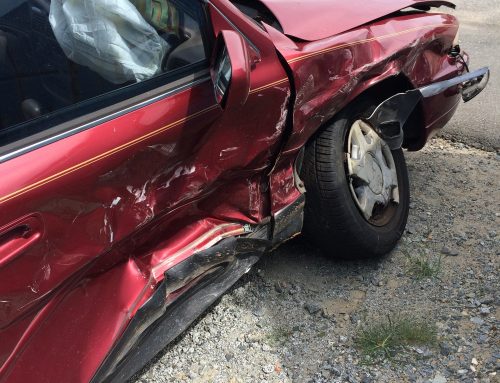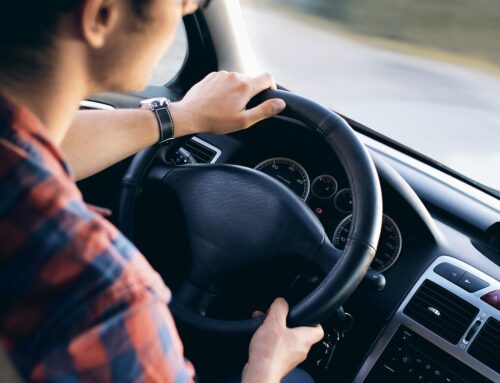Living in the Tampa Bay region has many benefits, not the least of which being our weather, which allows for us to be outside 12 months a year. Many people take advantage of the climate to walk and bike more often, and bicycles are often found sharing the road with motorists. Unfortunately, accidents involving bicyclists are all too common. As we move into the winter season – which is also our busy tourist season – it is imperative that bikers not only understand the rules of the road, but that motorists pay close attention as well.
The state of Florida defines the bicycle as a vehicle. This means that bicyclists have the same rights to the roadways as those driving cars – but that they must also obey all traffic laws, such as stopping for red lights and stop signs, riding along with the legal flow of traffic, and yielding the right-of-way when entering a roadway.
Did You Know? Bicyclists must also use lights on their bike if riding between sunset and sunrise. The bicycle must be equipped with a lamp on the front exhibiting a white light visible from 500 feet to the front and both a red reflector and a lamp on the rear exhibiting a red light visible from 600 feet to the rear.
Additional Traffic Laws which Pertain to Bicyclists
According to Florida statutes:
Road Rules
- A bicyclist must obey all traffic signals.
- A bicyclist who is not traveling at the same speed of traffic must ride in the lane marked
for bicycle use. - If no lane is designated for bicycles, bicyclists should ride as close as practicable to the right-hand curb or edge of the roadway except when passing, making a left turn, or when a lane is too narrow for a bicycle and a car to share safely.
- A bicyclist riding on a one-way street with two or more traffic lanes may ride as close to the left-hand edge of the roadway as practicable.
- Bicyclists must give an audible signal before passing a pedestrian.
- Bicyclists are not allowed to ride on a roadway more than two abreast, unless parts of roadways were set aside for the exclusive use of bicycles.
- Persons riding two abreast shall not restrict or impede traffic when traveling at less than the normal speed of traffic; and shall ride within a single lane.
- When riding on sidewalks or in crosswalks, a bicyclist has the same rights and responsibilities as a pedestrians
- A bicyclist riding on sidewalks or in crosswalks must yield the right-of-way to pedestrians.
Turning and Signaling:
- A bicyclist making a left turn is entitled to full use of the lane from which the turn is made.
- In addition to the normal vehicle left turn, a bicyclist may proceed through the right-most portion of the intersection and turn as close to the curb or edge as possible at the far side.
- Intent to turn must be signaled during the last 100 feet before turning. If a bicyclist requires both hands for control, the signal does not need to be continuous. Intent to turn right is signaled by either extending the left hand and arm upward or by extending the right hand and arm horizontally to the right side of the bicycle.
Equipment:
- A bicyclist must use a fixed seat while riding.
- Every bicycle must be equipped with brakes which permit the bicyclist to stop within 25 feet from a speed of 10 miles per hour on dry, level, clean pavement.
- No bicycle may be utilized to transport more persons at one time than the number for which it is designed or equipped.
- At least one hand must be on the handlebars while riding.
- Parents and legal guardians must not knowingly allow a child or minor in their care to violate any statutes.
In addition to bicyclists needing to observe the laws, motorists must recognize the bicyclist’s right to be on the roadway. If you were injured in a bicycle accident and believe it was the result of a motorist not operating within the law (or recklessly) give Probinsky & Cole a call. We will help you to determine if you have a case and how to proceed.








